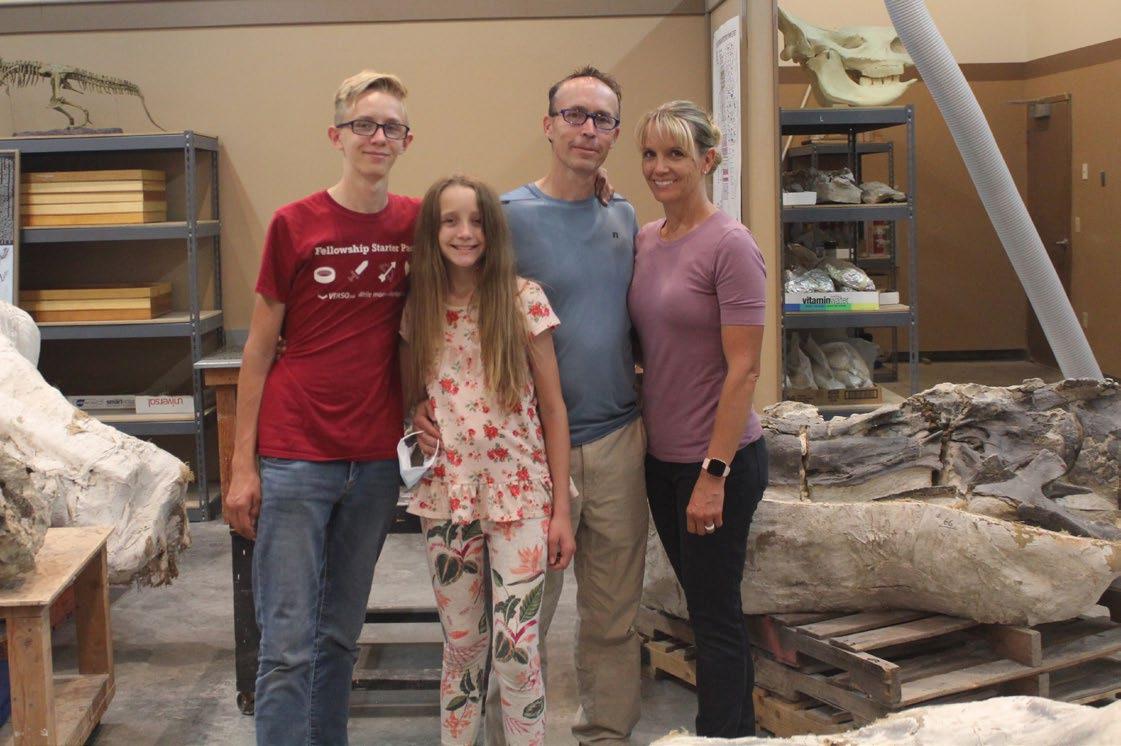
3 minute read
A POSSIBLE NEW SPECIES OF ANCIENT FISH DISCOVERED IN CENTRAL UTAH
Rick Hunter, Paleontologist
It has been said many times that, “many important scientific discoveries are made by everyday people.” Such was the case in 2017 when the Chevalier family of Herriman Utah happened upon a partial fossil fish while collecting paving stones on their grandfather’s property in Sanpete County Utah. The fish was discovered when one of the stones split open exposing the fossil. Being Thanksgiving Point members, they brought the find to the paleo lab at the Museum of Ancient Life to have it identified. The initial assessment revealed that this was something quite different from the usual fish species we see from that time and place. After telling the story of the discovery and learning that it might be something special, they decided to donate the specimen to the museum.
Advertisement
The fossil needed to be prepared, meaning that the matrix or rock covering the bone had to be removed. This required about 60 hours of meticulous work using carbide needles and a dissecting microscope. The bone was very fragile, and every detail needed to be exposed so that a complete study could be done (fig. 1). The skull was even removed from the rock so that elements that were not visible on the top side could hopefully be seen on the bottom side. This was very difficult because fish skulls are fragile and composed of many individual elements that are usually crushed completely flat during the fossilization process. However, it proved to be worth the effort as it helped to identify the family group that the fish belonged to.
The initial preliminary study revealed that the fish belongs to the family Esocidae, which include the Pike and Pickerels and to the genus Esox, the same genus as the modern living Northern Pike. Pike are voracious predatory fish that would eat almost anything including other fish, frogs, snakes and even waterfowl. They were well equipped for this task as is evident by the many sharp teeth in the mouth of this specimen (fig. 2) and its modern-day counterpart the Northern Pike (fig. 3).
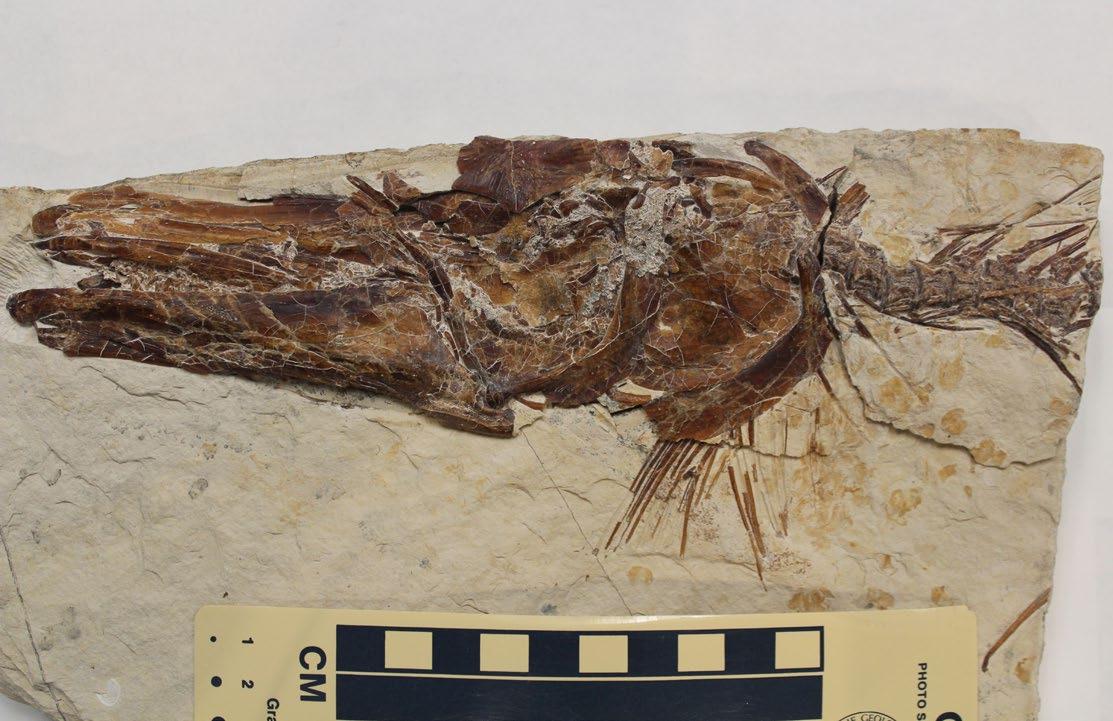
fig. 1 - Fossil Pike from Sanpete Co. Utah after preparation.
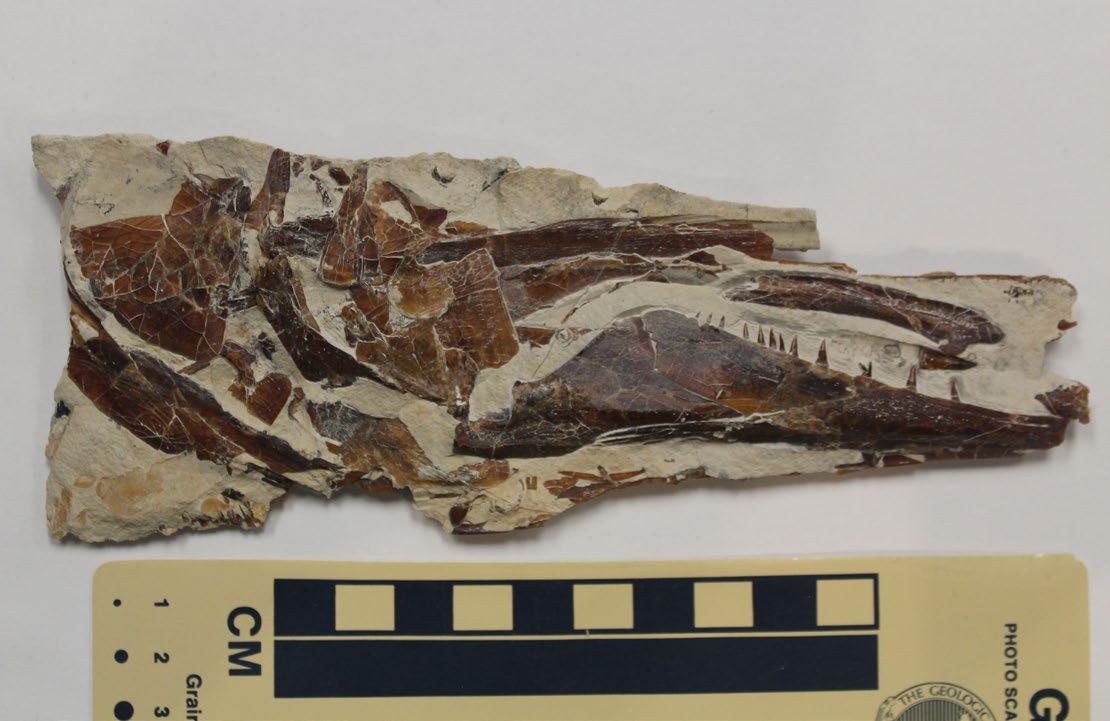
fig. 2 - Pike skull (Rt. side) showing lower jaw with teeth after preparation.
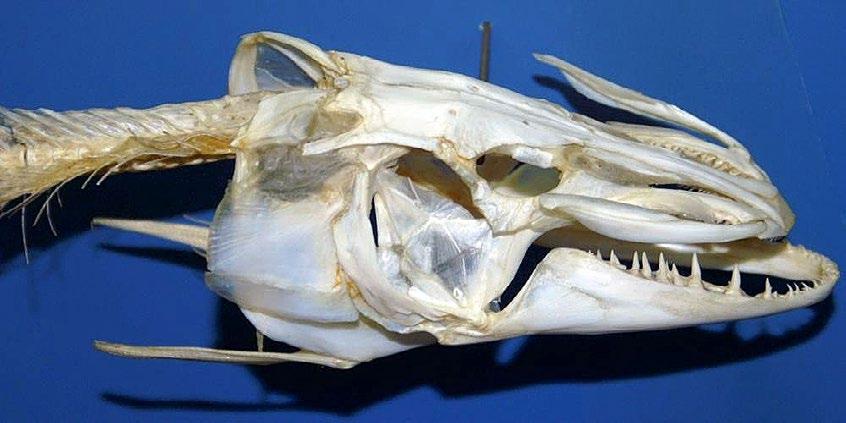
fig. 3 - Extant Northern Pike.
Photo by David J. Stang / CC BY-SA (https://creativecommons.org/licenses/by-sa/4.0)
This fossil was discovered on an outcrop of rock known as the Green River Formation located near the small town of Moroni in Sanpete County (fig. 4). This rock unit represents sediments laid down by Lake Uinta, an Eocene age freshwater lake that was part of a large great lake complex that persisted for well over 10 million years. Radiometric dates obtained from the outcrop near the discovery site place the age of the fossil at around 46 to 44 million years. This is only the second known fish from the order Esociformes to be discovered in the Green River Formation. Although the specimen is incomplete, consisting of a nearly complete skull and only 8 vertebrae, current research suggests that it probably represents a new species.
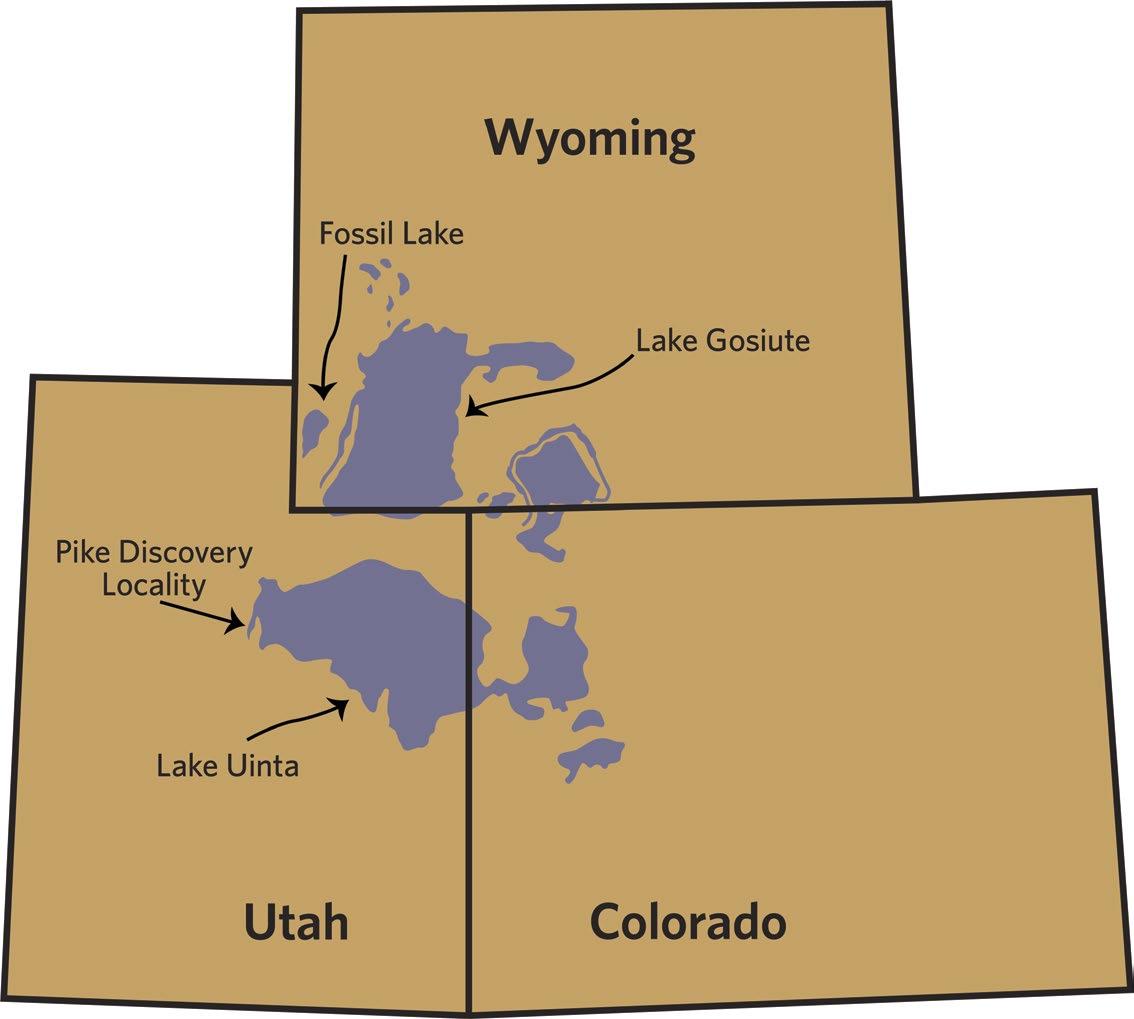
fig. 4 - Eocene great lake complex with the location of the Pike discovery site.
The fish fauna from Lake Uinta sediments are poorly understood and lacking in both numbers and species, especially when compared to the rich and diverse assemblage from the Green River Formation of Wyoming. Most of the work to date in Utah has been geological in nature and has focused on the rich oil shale zones within the formation. Much work is still needed to help with our understanding of the relationships between the organisms and the longest-lived freshwater lake system in earth’s history. THANK YOU to the citizen scientists who have not only made an important contribution to science but have also helped bring us a little closer to that understanding.
fig. 4 - Eocene great lake complex with the location of the Pike discovery site.
